Friskies Adult Beef, Turkey, Chicken and Fish Shreds Wet Cat Food Variety Pack, 5.5 oz. Can, Pack of 40
Answer your cat’s every flavor craving with this Friskies Shreds Adult Wet Cat Food Variety Pack. Each pack of cat food contains four equally tempting entrees with salmon, chicken, turkey and beef. Every wet cat food recipe features real meat, poultry or fish along with other high-quality ingredients you can both appreciate. Add this healthy wet cat food to kitty’s pet pantry today!
Answer your cat’s every flavor craving with this Friskies Shreds Adult Wet Cat Food Variety Pack. Each pack of cat food contains four equally tempting entrees with salmon, chicken, turkey and beef. Every wet cat food recipe features real meat, poultry or fish along with other high-quality ingredients you can both appreciate. Add this healthy wet cat food to kitty’s pet pantry today!
- Wet cat food made with real meat, poultry or fish
- Thin, tender shreds in cat food offer a tempting texture
- Each recipe features a savory gravy or sauce
- Healthy wet cat food offers 100% complete and balanced nutrition for adult cats
- Cat food contains essential vitamins and minerals to help support her overall health
- Delicious tastes cats love
- 4 delectable entrees of cat food to choose from: Purina Friskies Savory Shreds Chicken and Salmon Dinner in Gravy, Turkey and Cheese Dinner in Gravy, Ocean Whitefish and Tuna in Sauce, and Beef in Gravy
Additional information
| Country of Origin | Made in USA |
|---|---|
| Flavor | Chicken and Salmon, Whitefish and Tuna, Turkey and Cheese, Beef |
| Health Features | General Wellness |
| Life Stage | Adult |
| Packaged Height | 7.4 in. |
| Packaged Length | 7 in. |
| Packaged Weight | 16.28 lb. |
| Packaged Width | 13.6 in. |
| Package Quantity | 40 |
| Package Weight | 13.75 lb. |
| Primary Flavor | Whitefish, Chicken, Turkey, Tuna, Beef, Cheese, Salmon |
| Texture | Shreds |
| Manufacturer Part Number | 5000017227 |

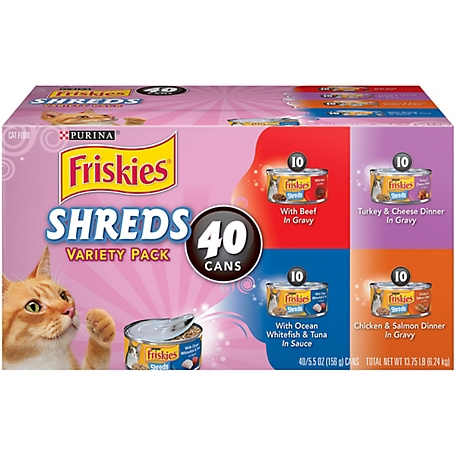
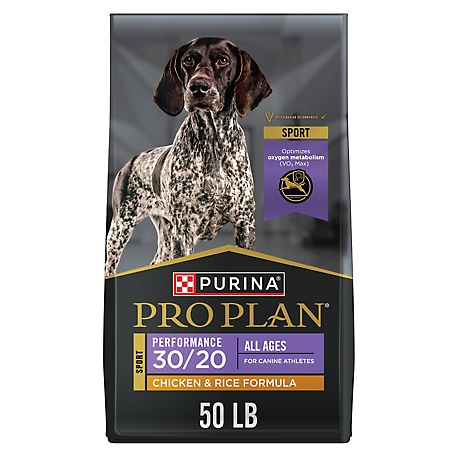
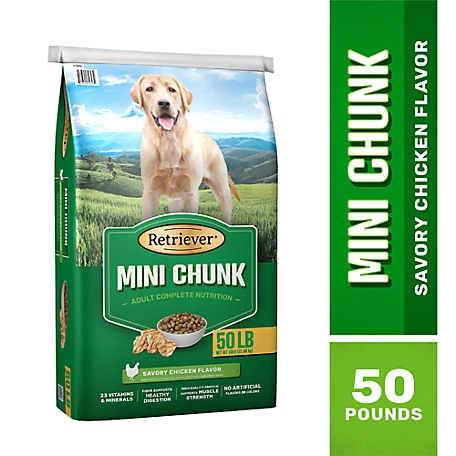
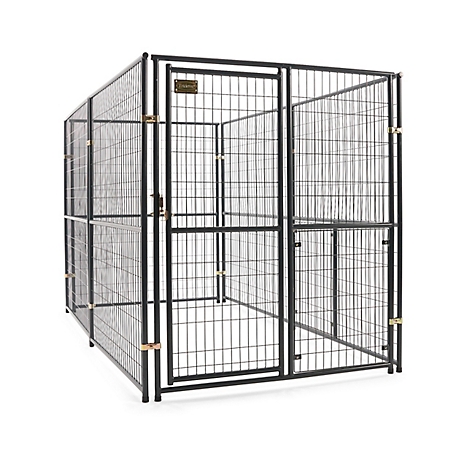
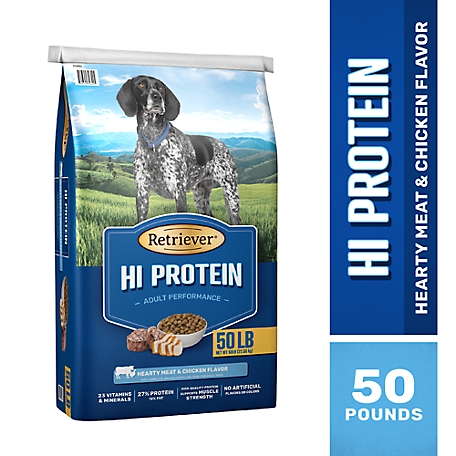

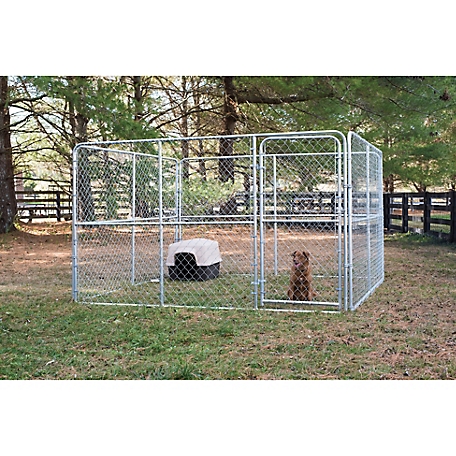


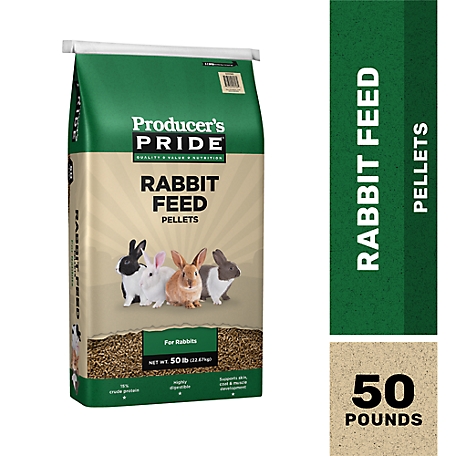
by Jim
I have a very finicky cat and he’s very picky about what he will eat. This is the only thing he will eat other than canned tuna.
by Mac
Perfect when i need it.
by Lisa
Items came as promised VERY quickly! The store doesn’t always have these so this is the first time I ordered online and will do so again in the future.
by Torres
My cats really like it and it’s a good value for my money.
by James
We feed our cat 1/3 of a can morning and evening. We store unused portion in a plastic container with a lid , can and all, in the refrigerator. It works really well and our cat is doing great.